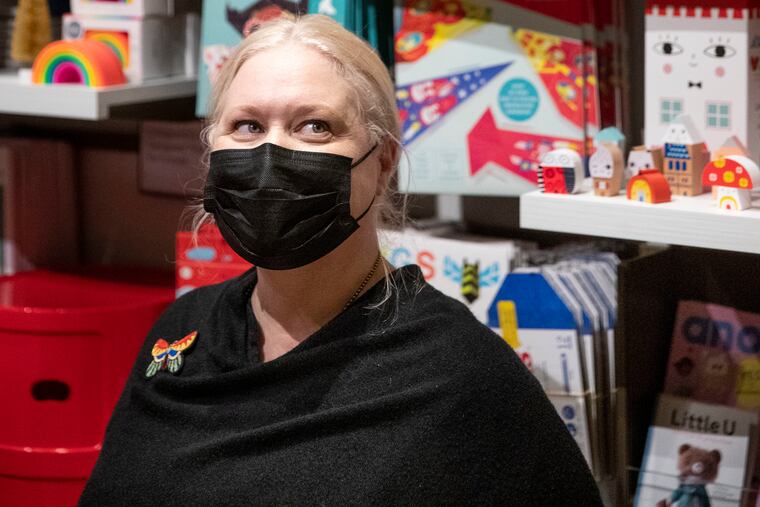The Philly art museum has elevated its shops, linking them more than ever to the galleries, the community and the world
The new director of retail has opened two stores inside the museum, is now selling the work of 90 local artists and revamped the web site to sell around the world.
